Grade 12 Biology, University Preparation
This course provides students with the opportunity for in-depth study of the concepts and processes that occur in biological systems. Students will study theory and conduct investigations in the areas of biochemistry, metabolic processes, molecular genetics, homeostasis, and population dynamics. Emphasis will be placed on the achievement of detailed knowledge and the refinement of skills needed for further study in various branches of the life sciences and related fields.
I've never taught this course, but here is material I think would be useful.
Copyright on all materials on this site is retained by the authors. You are granted a limited license to reproduce these resources for classroom use, provided the copyright notices are not removed. Charging a fee for these resources, or distributing them in any way outside your classroom, is prohibited.
General Biology
E.O. Wilson's Life on Earth
On June 30, 2014, the E.O. Wilson Biodiversity Foundation released the ground-breaking new high school biology textbook E.O. Wilson’s Life on Earth. We believe that education is the most important tool we have to face the challenges confronting our living planet. Life on Earth was created to instruct and inspire students, the future stewards of Earth.
Life on Earth is an iBooks Textbook consisting of 41 chapters in 7 separate units and can be downloaded for free from the iBooks Store. The text provides a complete, original, standards-based, media-rich curriculum to give high school students a deep understanding of all of the central topics of introductory biology.
To create Life on Earth, the E.O. Wilson Biodiversity Foundation brought together a team consisting of educators, writers, multimedia artists, 3D animators trained in science and cinema, and textbook professionals, led by naturalist Edward O. Wilson. The editorial team, headed by Morgan Ryan, worked in full partnership with the Boston-based scientific graphics company Digizyme, Inc, headed by Gaël McGill, PhD, with the goal of creating a cultural landmark—a portal that will introduce students to the grandest story there is, the story of life on Earth, from molecules to ecosystems, from the origin of life to the modern awareness that we control the environment we live in.
Digital textbooks are poised to transform education. The richness and immediacy of vibrant multimedia lessons will transform how students learn and how instructors teach. Our textbook development team is thrilled by the things we are able to deliver that were never possible before. We navigate inside a virtual cell. We take students by helicopter to the Gorongosa landscape in Africa to explain the succession of plants and animals over time.
Today’s high school biology students will be tomorrow’s biochemists, explorers, environmental policy makers, park rangers, and informed citizens. E.O. Wilson’s Life on Earth was created to prepare them for their work.
Life on Earth is a gift from the E.O. Wilson Biodiversity Foundation for students, families, and concerned individuals. It is available now for free in 151 countries and has already been adopted in many classrooms. Our goal for 2014–2015 is to promote its use in classrooms everywhere. If you share our goals for educational and environmental awareness, please support the E.O. Wilson Biodiversity Foundation and join us in promoting a culture of stewardship in which people are inspired to conserve and protect our biological inheritance.
Life on Earth is an iBooks Textbook consisting of 41 chapters in 7 separate units and can be downloaded for free from the iBooks Store. The text provides a complete, original, standards-based, media-rich curriculum to give high school students a deep understanding of all of the central topics of introductory biology.
To create Life on Earth, the E.O. Wilson Biodiversity Foundation brought together a team consisting of educators, writers, multimedia artists, 3D animators trained in science and cinema, and textbook professionals, led by naturalist Edward O. Wilson. The editorial team, headed by Morgan Ryan, worked in full partnership with the Boston-based scientific graphics company Digizyme, Inc, headed by Gaël McGill, PhD, with the goal of creating a cultural landmark—a portal that will introduce students to the grandest story there is, the story of life on Earth, from molecules to ecosystems, from the origin of life to the modern awareness that we control the environment we live in.
Digital textbooks are poised to transform education. The richness and immediacy of vibrant multimedia lessons will transform how students learn and how instructors teach. Our textbook development team is thrilled by the things we are able to deliver that were never possible before. We navigate inside a virtual cell. We take students by helicopter to the Gorongosa landscape in Africa to explain the succession of plants and animals over time.
Today’s high school biology students will be tomorrow’s biochemists, explorers, environmental policy makers, park rangers, and informed citizens. E.O. Wilson’s Life on Earth was created to prepare them for their work.
Life on Earth is a gift from the E.O. Wilson Biodiversity Foundation for students, families, and concerned individuals. It is available now for free in 151 countries and has already been adopted in many classrooms. Our goal for 2014–2015 is to promote its use in classrooms everywhere. If you share our goals for educational and environmental awareness, please support the E.O. Wilson Biodiversity Foundation and join us in promoting a culture of stewardship in which people are inspired to conserve and protect our biological inheritance.
Word Puzzle Booklet
Science has a lot of specialized vocabulary. Some students like word puzzles, so I made a booklet of crossword puzzles and word search puzzles for them. The clues are the definitions from the Nelson Biology 12 textbook. Every chapter has both a crossword puzzle and a word search puzzle, and so does every unit. Answers are given at the back.
The booklet is designed to be printed double-sided, which puts the clues on the left page and the puzzle on the right page.
The booklet is designed to be printed double-sided, which puts the clues on the left page and the puzzle on the right page.
Biochemistry
Cytosis: A Cell Biology Board Game
A board game taking place inside a human cell! Players compete to build enzymes, hormones and receptors and fend off attacking Viruses!
Players utilize the organelles within a cell to collect cellular resources such as mRNA from the Nucleus, Lipids from the Smooth E.R., ATP from the Mitochondria, etc. and score points when they use these resources to complete Hormones, Receptors or Enzymes!
2 to 5 Players, Ages 10 & up, Plays in 50 to 75 mins
Currently a Kickstarter campaign, Cytosis is fully funded and expected to ship in August 2017.
Players utilize the organelles within a cell to collect cellular resources such as mRNA from the Nucleus, Lipids from the Smooth E.R., ATP from the Mitochondria, etc. and score points when they use these resources to complete Hormones, Receptors or Enzymes!
2 to 5 Players, Ages 10 & up, Plays in 50 to 75 mins
Currently a Kickstarter campaign, Cytosis is fully funded and expected to ship in August 2017.
Cellulose: A Plant Cell Biology Game
Cellulose: A Plant Cell Biology Game is a worker placement game that puts 1-5 players inside a plant cell, where they will compete over limited resources in order to undergo photosynthesis, produce carbohydrates, and build the cell wall to score points. With everyone vying for the same actions, players must time their use of proteins, hormones, and cell component cards in order to diversify their strategies and outplay the competition!
Cellulose is the sequel and counterpart to our 2017 release Cytosis. The two games have complementary themes and some familiar game systems, but Cellulose is a new standalone game that gives players greater control over available resources, strategic paths, and even the game length.
Cellulose includes a "Science Behind Cellulose" booklet that describes key aspects of plant cell behavior and its relationship to Cellulose. You don't have to know any biology to play, but if you enjoy the game, we think you might enjoy the science as much as we have!
In Cellulose, players compete over limited resources as they take advantage of powerful point-scoring combinations. They will race to build the cell wall, use hormones to signal plant growth for a steady source of water and CO2, and compete to contribute the most water to the cell’s central vacuole. Once the cell wall is completely built, the game ends!
Each round of Cellulose is one day played over three phases: Sunrise, Daytime, and Evening.
In the Sunrise Phase, players collect resources and take bonus actions according to their markers on the plant board. Throughout the game, players will have the chance to use hormone signalling to advance along these tracks, earning additional benefits.
During the Daytime Phase, players take turns claiming the limited action spaces on the cell board in order to collect much-needed water and CO2, undergo photosynthesis in order to produce carbohydrates, and place carbohydrates into the cell wall, in cellulose form, to score points.
Players may also acquire and play cell component cards, which grant them powerful bonuses. Protein storage vacuoles immediately recover action markers, granting extra actions in the round. Enzymes allow chaining together bonus actions each time a new one is played. Specialization cards like hormone receptors create endgame scoring opportunities and special powers.
In the Evening Phase, players recover their action markers, refresh the board, and build the next space on the cell wall. Whoever has contributed the most water to the central vacuole will earn points and is given an additional action marker, which they can use in the following round.
Another Kickstarter project, and one I’m very happy with. It has too many small pieces for classroom use, so I’d recommend either buying cheap substitutes or using the print-and-play version in class.
Cellulose is the sequel and counterpart to our 2017 release Cytosis. The two games have complementary themes and some familiar game systems, but Cellulose is a new standalone game that gives players greater control over available resources, strategic paths, and even the game length.
Cellulose includes a "Science Behind Cellulose" booklet that describes key aspects of plant cell behavior and its relationship to Cellulose. You don't have to know any biology to play, but if you enjoy the game, we think you might enjoy the science as much as we have!
In Cellulose, players compete over limited resources as they take advantage of powerful point-scoring combinations. They will race to build the cell wall, use hormones to signal plant growth for a steady source of water and CO2, and compete to contribute the most water to the cell’s central vacuole. Once the cell wall is completely built, the game ends!
Each round of Cellulose is one day played over three phases: Sunrise, Daytime, and Evening.
In the Sunrise Phase, players collect resources and take bonus actions according to their markers on the plant board. Throughout the game, players will have the chance to use hormone signalling to advance along these tracks, earning additional benefits.
During the Daytime Phase, players take turns claiming the limited action spaces on the cell board in order to collect much-needed water and CO2, undergo photosynthesis in order to produce carbohydrates, and place carbohydrates into the cell wall, in cellulose form, to score points.
Players may also acquire and play cell component cards, which grant them powerful bonuses. Protein storage vacuoles immediately recover action markers, granting extra actions in the round. Enzymes allow chaining together bonus actions each time a new one is played. Specialization cards like hormone receptors create endgame scoring opportunities and special powers.
In the Evening Phase, players recover their action markers, refresh the board, and build the next space on the cell wall. Whoever has contributed the most water to the central vacuole will earn points and is given an additional action marker, which they can use in the following round.
Another Kickstarter project, and one I’m very happy with. It has too many small pieces for classroom use, so I’d recommend either buying cheap substitutes or using the print-and-play version in class.
Bios:Genesis
The first 4 billion years of life on Earth.
The Earth has seen dramatic events: lava oceans, a great collision that formed its moon, the filling of the oceans by impact bolides, the riding of continents with plate tectonics. Among these noisy events, life got started, perhaps many times and in many forms. The players, representing “soup ingredients”, must find a sheltered refuge in order to start autocatalytic cycles and accumulate catalysts. Once they achieve templated reproduction, they can share their progress by swapping genetic material or becoming parasites or chimeras. The game ends in the Cambrian Explosion, with the advent of multicellular life and the invasion of the land.
Solitaire, competitive, and cooperative play options. This is the first game in the Bios:Trilogy, being followed by Bios:Megafauna 2 and Bios:Origins 2. The Bios games are linked yet independent.
Contents:
Players: 1-4
Age: 14+
Playing Time: 1-2 hours
Complexity: high
Another cool game I found on Kickstarter, now available in retail (although from Germany, where Phil Eklund has relocated). Phil designs rich games that thoroughly explore a setting, at the cost of fairly high complexity. As such I wouldn't use this in the regular classroom. If you have a gifted class, or students who want to play it after school, I think they could learn a lot.
You can get a good idea of what Bios:Genesis involves on the Kickstarter page:
https://www.kickstarter.com/projects/684398802/bios-genesis-2nd-edition-begin-evolve-conquer
The Earth has seen dramatic events: lava oceans, a great collision that formed its moon, the filling of the oceans by impact bolides, the riding of continents with plate tectonics. Among these noisy events, life got started, perhaps many times and in many forms. The players, representing “soup ingredients”, must find a sheltered refuge in order to start autocatalytic cycles and accumulate catalysts. Once they achieve templated reproduction, they can share their progress by swapping genetic material or becoming parasites or chimeras. The game ends in the Cambrian Explosion, with the advent of multicellular life and the invasion of the land.
Solitaire, competitive, and cooperative play options. This is the first game in the Bios:Trilogy, being followed by Bios:Megafauna 2 and Bios:Origins 2. The Bios games are linked yet independent.
Contents:
- 60 Cards illustrated by Karim Chakroun
- 16 oversized placards, for bacteria and refugia
- 48 disks representing catalysts, enzymes, and antioxidants
- 64 wooden cubes for manna & chromosomes
- 16 wooden domes for bionts
- 12 six-sided dice, used for autocatalytic and Darwin rolls
- Rules and historical background, 68 pages
- Folding player aid
Players: 1-4
Age: 14+
Playing Time: 1-2 hours
Complexity: high
Another cool game I found on Kickstarter, now available in retail (although from Germany, where Phil Eklund has relocated). Phil designs rich games that thoroughly explore a setting, at the cost of fairly high complexity. As such I wouldn't use this in the regular classroom. If you have a gifted class, or students who want to play it after school, I think they could learn a lot.
You can get a good idea of what Bios:Genesis involves on the Kickstarter page:
https://www.kickstarter.com/projects/684398802/bios-genesis-2nd-edition-begin-evolve-conquer
Peptide: A Protein Building Game
Players compete to link Amino Acids side-by-side, building what’s called a Peptide Chain (another fancy word for a protein). In order to build this protein, players must first make a set of thoughtful selections from a number of openly available Organelle Cards. Selected Organelle Cards are removed from that round’s available options, creating an interactive open-card-drafting mechanic.
(Only available through pre-order. Peptide will be shipping in May and June of 2017)
This one looks interesting, but I’m not certain how closely it links to high school biology. The rules are downloadable from the web site, so if you teach biology check it out.
(Only available through pre-order. Peptide will be shipping in May and June of 2017)
This one looks interesting, but I’m not certain how closely it links to high school biology. The rules are downloadable from the web site, so if you teach biology check it out.
Virulence: An Infectious Card Game
Virulence is an addictively quick and simple card game for 2 to 5 players, that plays in 15 to 20 minutes. Players take on the role of viruses and compete to infect a host cell in order to replicate their own viral components allowing players to build their power or score points!
How to Play Virulence
All players simultaneously place secret blind bids which determines the order in which they select from the available Viral Component cards. Players want to be one of the higher bidders in as many rounds as they can, but the real challenge is to do so without wasting their best bidding cards.
The Viral Component cards won may help a player to build the power of their hand, allowing them to win critical bids later in the game, or combine in sets scoring points in a varying number of ways.
This is a fun little game. I’m not certain how much educational value it has in a biology course, but it makes a nice science-themed game.
How to Play Virulence
All players simultaneously place secret blind bids which determines the order in which they select from the available Viral Component cards. Players want to be one of the higher bidders in as many rounds as they can, but the real challenge is to do so without wasting their best bidding cards.
The Viral Component cards won may help a player to build the power of their hand, allowing them to win critical bids later in the game, or combine in sets scoring points in a varying number of ways.
This is a fun little game. I’m not certain how much educational value it has in a biology course, but it makes a nice science-themed game.
Metabolic Processes
In Our Time: Photosynthesis
In Our Time is a wonderful series on BBC Radio 4.
Melvyn Bragg and his guests discuss photosynthesis, the process by which green plants and many other organisms use sunlight to synthesise organic molecules. Photosynthesis arose very early in evolutionary history and has been a crucial driver of life on Earth. In addition to providing most of the food consumed by organisms on the planet, it is also responsible for maintaining atmospheric oxygen levels, and is thus almost certainly the most important chemical process ever discovered.
Melvyn Bragg and his guests discuss photosynthesis, the process by which green plants and many other organisms use sunlight to synthesise organic molecules. Photosynthesis arose very early in evolutionary history and has been a crucial driver of life on Earth. In addition to providing most of the food consumed by organisms on the planet, it is also responsible for maintaining atmospheric oxygen levels, and is thus almost certainly the most important chemical process ever discovered.
In Our Time: Circadian Rhythms
In Our Time is a wonderful series on BBC Radio 4.
Melvyn Bragg and his guests discuss the evolution and role of Circadian Rhythms, the so-called body clock that influences an organism's daily cycle of physical, behavioural and mental changes. The rhythms are generated within organisms and also in response to external stimuli, mainly light and darkness. They are found throughout the living world, from bacteria to plants, fungi to animals and, in humans, are noticed most clearly in sleep patterns.
Melvyn Bragg and his guests discuss the evolution and role of Circadian Rhythms, the so-called body clock that influences an organism's daily cycle of physical, behavioural and mental changes. The rhythms are generated within organisms and also in response to external stimuli, mainly light and darkness. They are found throughout the living world, from bacteria to plants, fungi to animals and, in humans, are noticed most clearly in sleep patterns.
Molecular Genetics
Discovery: Age of the Genome 1/4
Discovery is a BBC Radio 4 programme that explores today's most significant scientific discoveries and talks to the scientists behind them.
The Human Genome Project involved thousands of scientists in many different countries, cost hundreds of millions of pounds and took more than ten years. It was the first big science project for biology.
But what have been the benefits and advances a decade on?
The Human Genome Project involved thousands of scientists in many different countries, cost hundreds of millions of pounds and took more than ten years. It was the first big science project for biology.
But what have been the benefits and advances a decade on?
Discovery: Age of the Genome 2/4
Discovery is a BBC Radio 4 programme that explores today's most significant scientific discoveries and talks to the scientists behind them.
What can we learn from the DNA of chimpanzees about what it took for humans to evolve? What do genes extracted from fossil Neanderthal bones add to the story of our origins?
What can we learn from the DNA of chimpanzees about what it took for humans to evolve? What do genes extracted from fossil Neanderthal bones add to the story of our origins?
Discovery: Age of the Genome 3/4
Discovery is a BBC Radio 4 programme that explores today's most significant scientific discoveries and talks to the scientists behind them.
The discovery of genes that play roles in conditions such as cancers, diabetes and heart disease has accelerated at a rapid rate since medical researchers gained access to the sequence of three billion molecular letters in the genetic book of life. The technology for analysing the genomes is becoming fast and relatively cheap. It took more than ten years and about one billion dollars to read the first human genome sequence. Now it takes a couple of weeks and a few thousand pounds. Before long it will cost just a few hundred pounds. Within a few years, it may be quick and cheap enough to offer us complete DNA scans as part of our routine health care.
But what would they be able to tell us?
The discovery of genes that play roles in conditions such as cancers, diabetes and heart disease has accelerated at a rapid rate since medical researchers gained access to the sequence of three billion molecular letters in the genetic book of life. The technology for analysing the genomes is becoming fast and relatively cheap. It took more than ten years and about one billion dollars to read the first human genome sequence. Now it takes a couple of weeks and a few thousand pounds. Before long it will cost just a few hundred pounds. Within a few years, it may be quick and cheap enough to offer us complete DNA scans as part of our routine health care.
But what would they be able to tell us?
Discovery: Age of the Genome 4/4
Discovery is a BBC Radio 4 programme that explores today's most significant scientific discoveries and talks to the scientists behind them.
In May this year, researchers at the J Craig Venter Research Institute announced they had succeeded in creating the world's first synthetic organism, dubbed ‘Synthia’. They had constructed the entire genetic blueprint of a microbe from the raw chemical building blocks of DNA — a man-made chromosome built from scratch. This artificial genome was then transplanted into another bacterial cell, and ‘Synthia’ was born.
Craig Venter’s vision is to use the techniques to devise unique ‘designer’ organisms for producing, for example, environmentally-friendly fuels — microbes that make hydrocarbon fuels from carbon dioxide they suck out of the atmosphere.
In May this year, researchers at the J Craig Venter Research Institute announced they had succeeded in creating the world's first synthetic organism, dubbed ‘Synthia’. They had constructed the entire genetic blueprint of a microbe from the raw chemical building blocks of DNA — a man-made chromosome built from scratch. This artificial genome was then transplanted into another bacterial cell, and ‘Synthia’ was born.
Craig Venter’s vision is to use the techniques to devise unique ‘designer’ organisms for producing, for example, environmentally-friendly fuels — microbes that make hydrocarbon fuels from carbon dioxide they suck out of the atmosphere.
Discovery: Genetically Modified Animals
Discovery is a BBC Radio 4 programme that explores today's most significant scientific discoveries and talks to the scientists behind them.
Genetically modified crops are an established part of global food production. Research effort is now turning to the development of genetically modified animals.
This research is still very secretive, but, as the pressure on future food resources increases, universities and companies are slowly becoming more open about the role of genetic modification in animal production.
Genetically modified crops are an established part of global food production. Research effort is now turning to the development of genetically modified animals.
This research is still very secretive, but, as the pressure on future food resources increases, universities and companies are slowly becoming more open about the role of genetic modification in animal production.
Linkage: A DNA Card Game
In Linkage, each player links RNA cards side-by-side to build their own RNA strand, attempting to copy the shared DNA Template (in biology, this process of copying is called DNA Transcription). Players decide whether to build on their own RNA strand, repair their RNA strand, or mutate an opposing strand (or the template itself.) Players earn points based upon how accurately their RNA strands match the DNA Template, and the player with the most points at the end of the game wins!
This is a free print-and-play game from Genius Games. To get it you have to sign up for their mailing list, but as the only emails they send are announcements of educational games that’s not a bad deal!
This is a free print-and-play game from Genius Games. To get it you have to sign up for their mailing list, but as the only emails they send are announcements of educational games that’s not a bad deal!
Gene Pool Card Game
Join the fight against rare genetic diseases by becoming a DNA engineer in Gene Pool, the new fast-paced mind-bending card game! Use strategy and spatial thinking to mutate, invert, delete and insert your way to success! Gene Pool is a card game for two players, ages 10 and up, and takes about 20 minutes to play.
How do you play Gene Pool? You will be competing with your opponent to repair important genes of various length and difficulty with gene therapy. Make these repairs by modifying and rearranging a common DNA sequence. Your current genetic research goals are private, and are only revealed when they can be found within the DNA sequence. Continue repairing genes until one player completes enough research to win the Nobel Prize in Physiology or Medicine and the game!
Featuring amazing new artwork by Ariel Seoane, this edition has significant improvements in aesthetics and design. Along with exciting game play, Gene Pool retains all the scientific accuracy from earlier editions, and can be used to demonstrate the concepts of genetics across all levels, from molecular models and double helix structure, to individual chromosomes and the whole genome.
This is the third time Gene Pool has been made available, having sold out of a first hand-crafted edition of 200 copies in 2006, and again selling out of a second limited self-published run of 500 copies in 2009.
Goadrich Games will again be donating a portion of the profits from Gene Pool to the National Organization for Rare Disorders (NORD), a non-profit dedicated to rare disease education, research, and advocacy.
This two-player card game teaches about inserting, deleting, and transposing genes in a DNA sequence. It is simple and fast. I haven’t tried it in class, but I look forward to playing it with my grand-niece.
How do you play Gene Pool? You will be competing with your opponent to repair important genes of various length and difficulty with gene therapy. Make these repairs by modifying and rearranging a common DNA sequence. Your current genetic research goals are private, and are only revealed when they can be found within the DNA sequence. Continue repairing genes until one player completes enough research to win the Nobel Prize in Physiology or Medicine and the game!
Featuring amazing new artwork by Ariel Seoane, this edition has significant improvements in aesthetics and design. Along with exciting game play, Gene Pool retains all the scientific accuracy from earlier editions, and can be used to demonstrate the concepts of genetics across all levels, from molecular models and double helix structure, to individual chromosomes and the whole genome.
This is the third time Gene Pool has been made available, having sold out of a first hand-crafted edition of 200 copies in 2006, and again selling out of a second limited self-published run of 500 copies in 2009.
Goadrich Games will again be donating a portion of the profits from Gene Pool to the National Organization for Rare Disorders (NORD), a non-profit dedicated to rare disease education, research, and advocacy.
This two-player card game teaches about inserting, deleting, and transposing genes in a DNA sequence. It is simple and fast. I haven’t tried it in class, but I look forward to playing it with my grand-niece.
Homeostasis
In Our Time: Hormones
In Our Time is a wonderful series on BBC Radio 4.
Melvyn Bragg and guests discuss some of the chemical signals coursing through our bodies throughout our lives, produced in separate areas and spreading via the bloodstream. We call these 'hormones' and we produce more than 80 of them of which the best known are arguably oestrogen, testosterone, adrenalin, insulin and cortisol. On the whole hormones operate without us being immediately conscious of them as their goal is homeostasis, maintaining the levels of everything in the body as required without us having to think about them first. Their actions are vital for our health and wellbeing and influence many different aspects of the way our bodies work.
Melvyn Bragg and guests discuss some of the chemical signals coursing through our bodies throughout our lives, produced in separate areas and spreading via the bloodstream. We call these 'hormones' and we produce more than 80 of them of which the best known are arguably oestrogen, testosterone, adrenalin, insulin and cortisol. On the whole hormones operate without us being immediately conscious of them as their goal is homeostasis, maintaining the levels of everything in the body as required without us having to think about them first. Their actions are vital for our health and wellbeing and influence many different aspects of the way our bodies work.

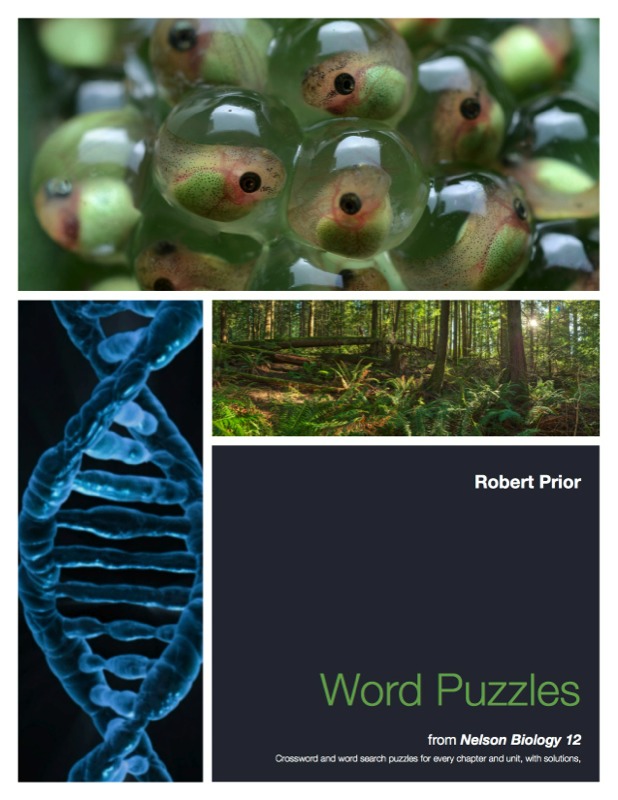
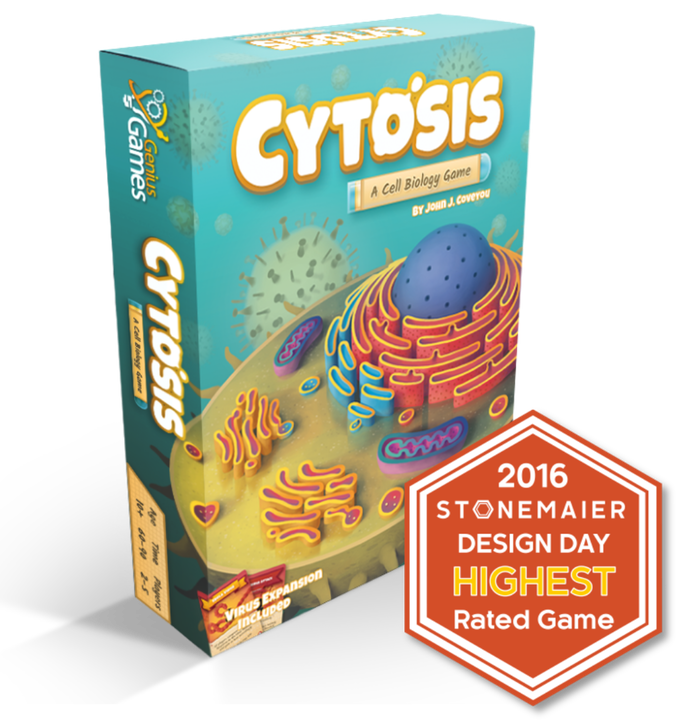
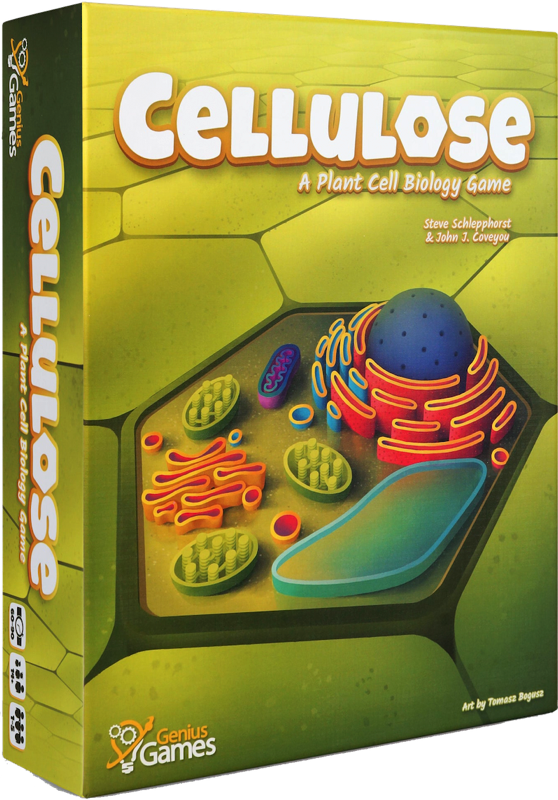
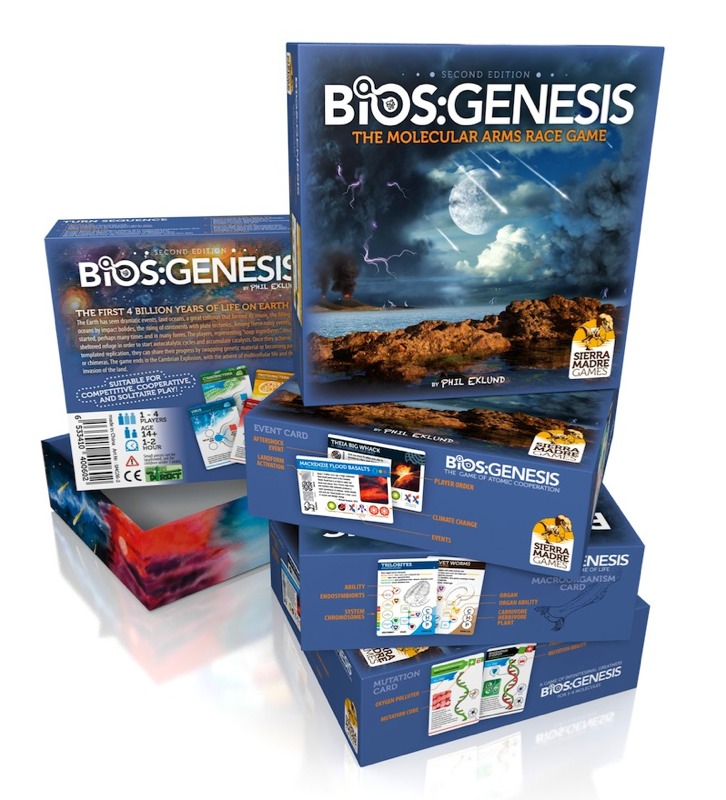
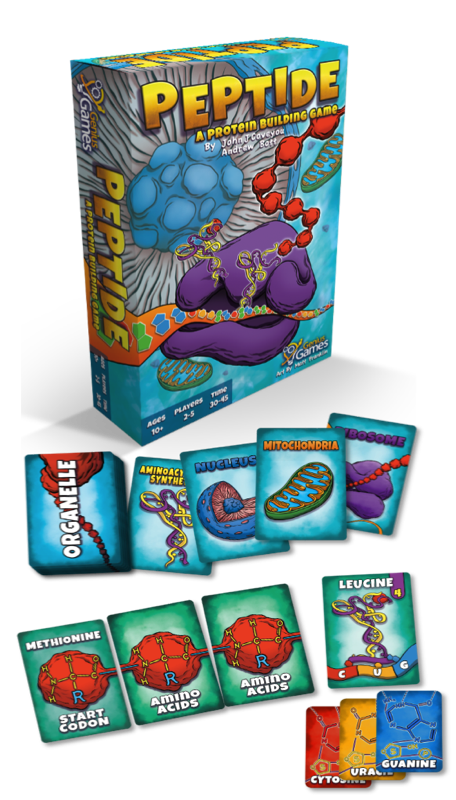
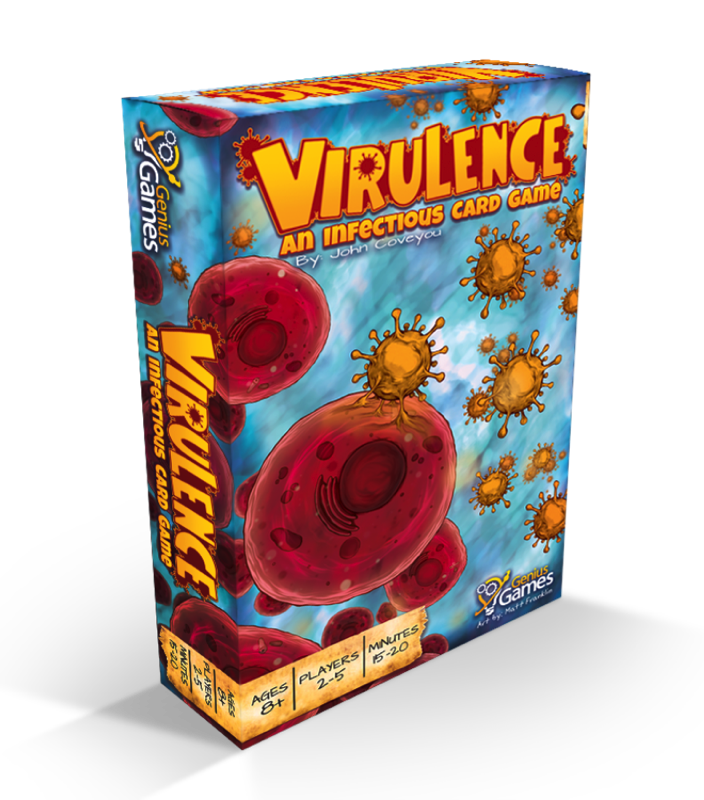






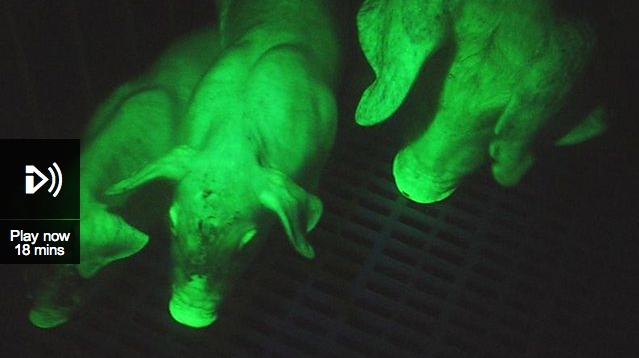
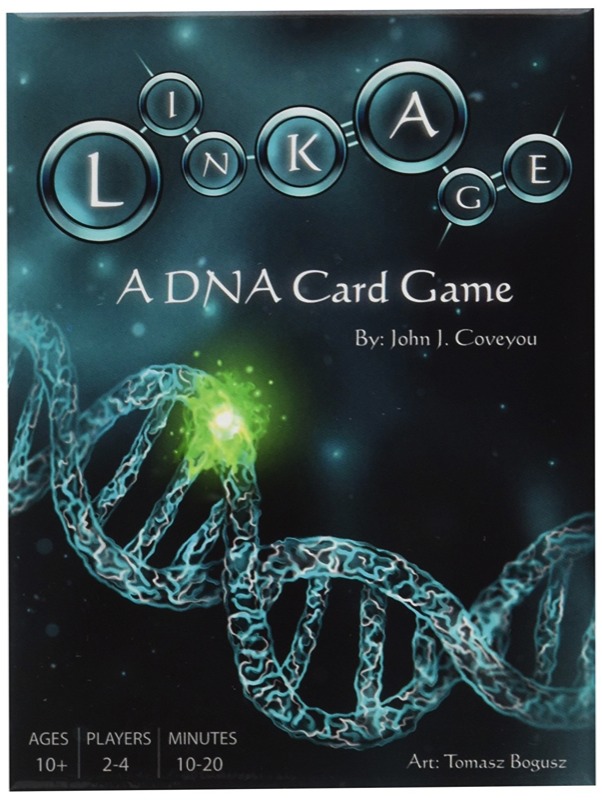

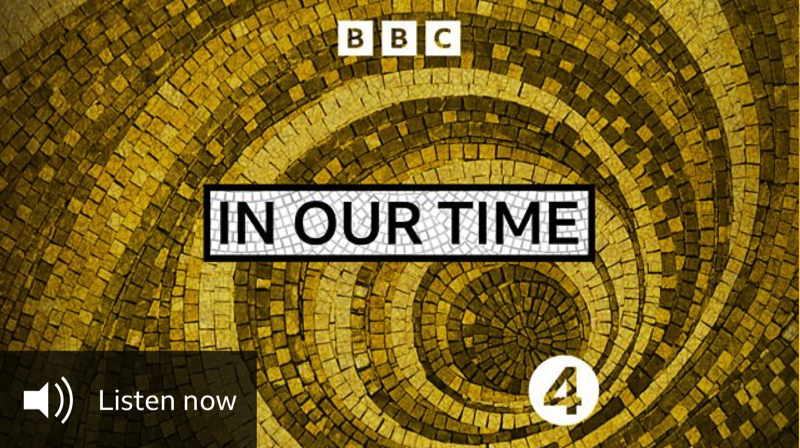
Teaching Science